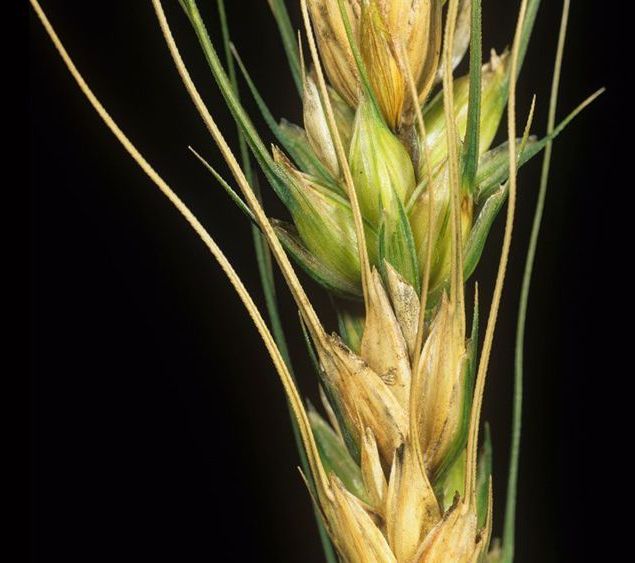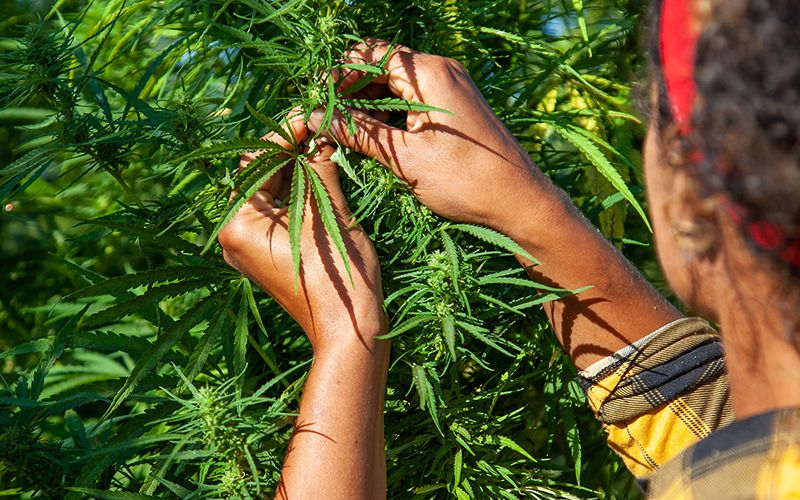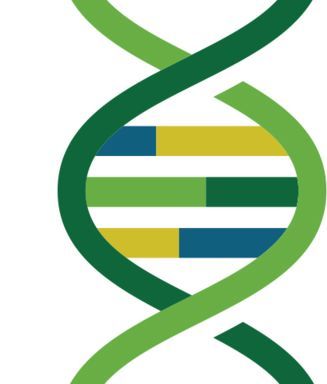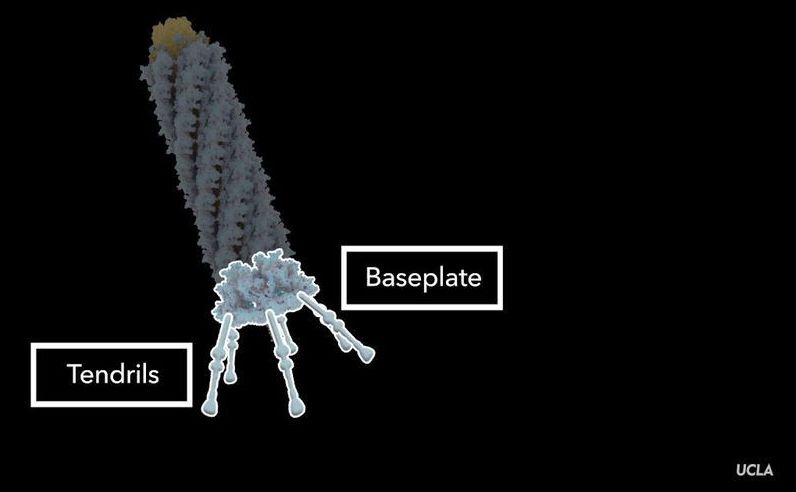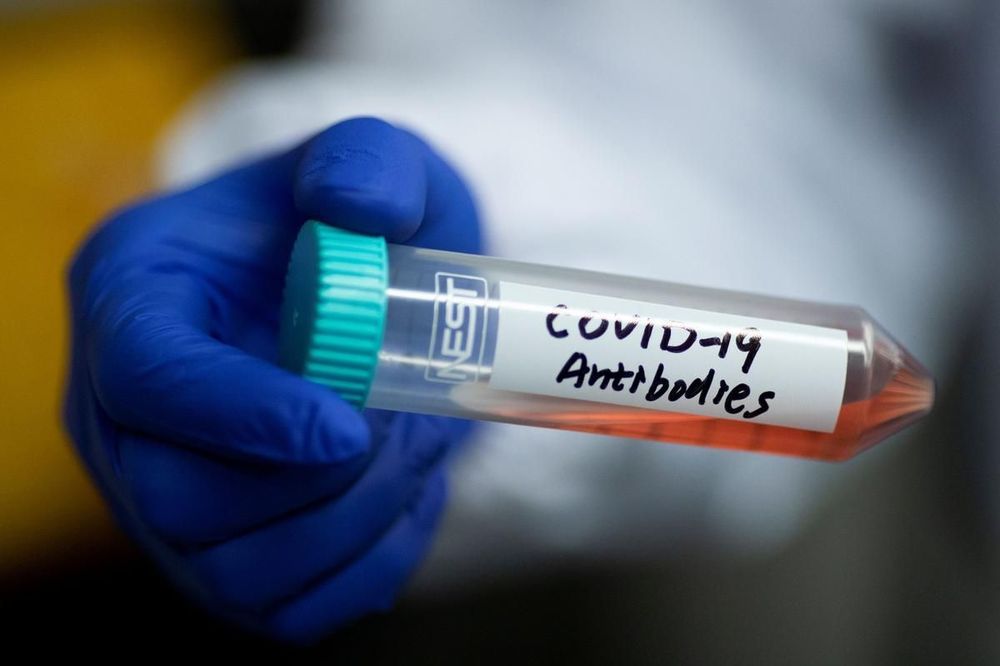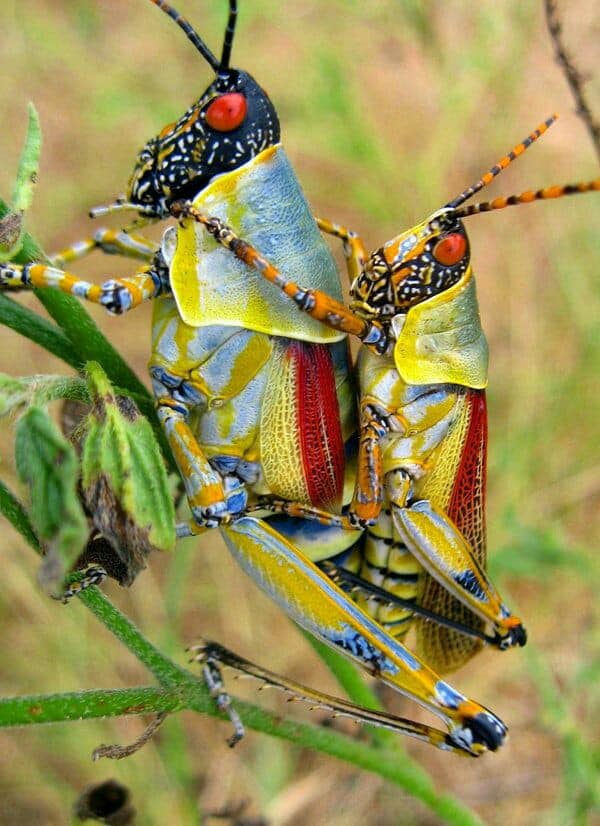Lab tests show potential of gene-spreading strategy to fight plant diseases.
Category: food
Humans and all other living things have DNA, which contains hereditary information. The information in your DNA gives your cells instructions for producing proteins. Proteins drive important body functions, like digesting food, building cells, and moving your muscles.
Your DNA is the most unique and identifying factor about you—it helps determine what color your eyes are, how tall you are, and how likely you are to have certain health problems. Even so, over 99% of DNA sequences are the same among all people. It is the remaining 1% that explains much of what makes you, you!
DNA is arranged like two intertwined ropes, in a structure called a double helix (see figure 1). Each strand of DNA is made of four types of molecules, also called bases, attached to a sugar-phosphate backbone. The four bases are adenine (A), guanine (G), cytosine ©, and thymine (T). The bases pair in a specific way across the two strands of the helix: adenine pairs with thymine, and cytosine pairs with guanine.
One million people are in need of emergency food assistance in Ethiopia after the worst desert locust outbreak in decades.
Nearly 200,000 hectares of cropland were damaged by the insects, leading to the loss of over 356,000 tons of grain including sorghum, maize and wheat, the United Nations Food and Agriculture Organization said Monday. An additional 1.3 million hectares of pasture have been affected, reducing the area by as much as 61% in the Somali region.
Scientists are one step closer to adapting the bacteria-killing power of a naturally occurring nanomachine, a tiny particle that performs a mechanical action.
In a study published in Nature, a UCLA-led team of researchers describe how the nanomachine recognizes and kills bacteria, and report that they have imaged it at atomic resolution. The scientists also engineered their own versions of the nanomachine, which enabled them to produce variations that behaved differently from the naturally occurring version.
Their efforts could eventually lead to the development of new types of antibiotics that are capable of homing in on specific species of microbes. Drugs tailored to kill only a certain species or strain of bacteria could offer numerous advantages over conventional antibiotics, including lowering the likelihood that bacteria will develop resistance. In addition, the tailored drugs could destroy harmful cells without wiping out beneficial bugs in the gut microbiome, and they could eventually offer the possibilities of being deployed to prevent bacterial infections, to kill pathogens in food and to engineer human microbiomes so that favorable bacteria thrive.
Reopening wet food markets must conform to strict standards: WHO.
GENEVA (Reuters) — The World Health Organization is not sure whether the presence of antibodies in blood gives full protection against reinfection with the new coronavirus, Mike Ryan, the WHO’s top emergencies expert, told a briefing on Friday.
Ryan also said that even if antibodies were effective there was little sign that large numbers of people had developed them and were beginning to offer so-called “herd immunity” to the broader population.
“A lot of preliminary information coming to us right now would suggest quite a low percentage of population have seroconverted (to produce antibodies),” he said.
While the Wuhan district in China was under quarantine, news surfaced of robots delivering food and, later, medical supplies. Meanwhile, in the United States, the French company NAVYA configured its autonomous passenger shuttles in Florida to transport COVID-19 tests to the Mayo Clinic from off-site test locations. As the weeks of stay-at-home orders and recommendations slip into months, the delivery robots that were seen as a joke, fad, or nuisance have in some instances found a way into the public consciousness as important tools to combat the spread of coronavirus. The question is, will their usefulness extend post-lockdown?
Fyodor R., Refund Institute
👽Locust Swarm
👽Part I: New Terrain, destination Iran
(See map picture 2)
New swarms are currently forming from Kenya to Iran, according to the United Nations locust watch website. Addressing the outbreak requires urgent, additional funding and technical help from developed countries, Cheke said, because the tiny size and budget of the United Nation’s Food and Agricultural Organization team responsible for locust monitoring and control is already overwhelmed.
